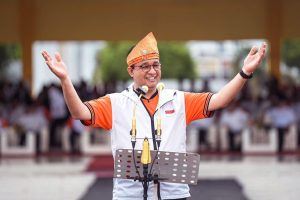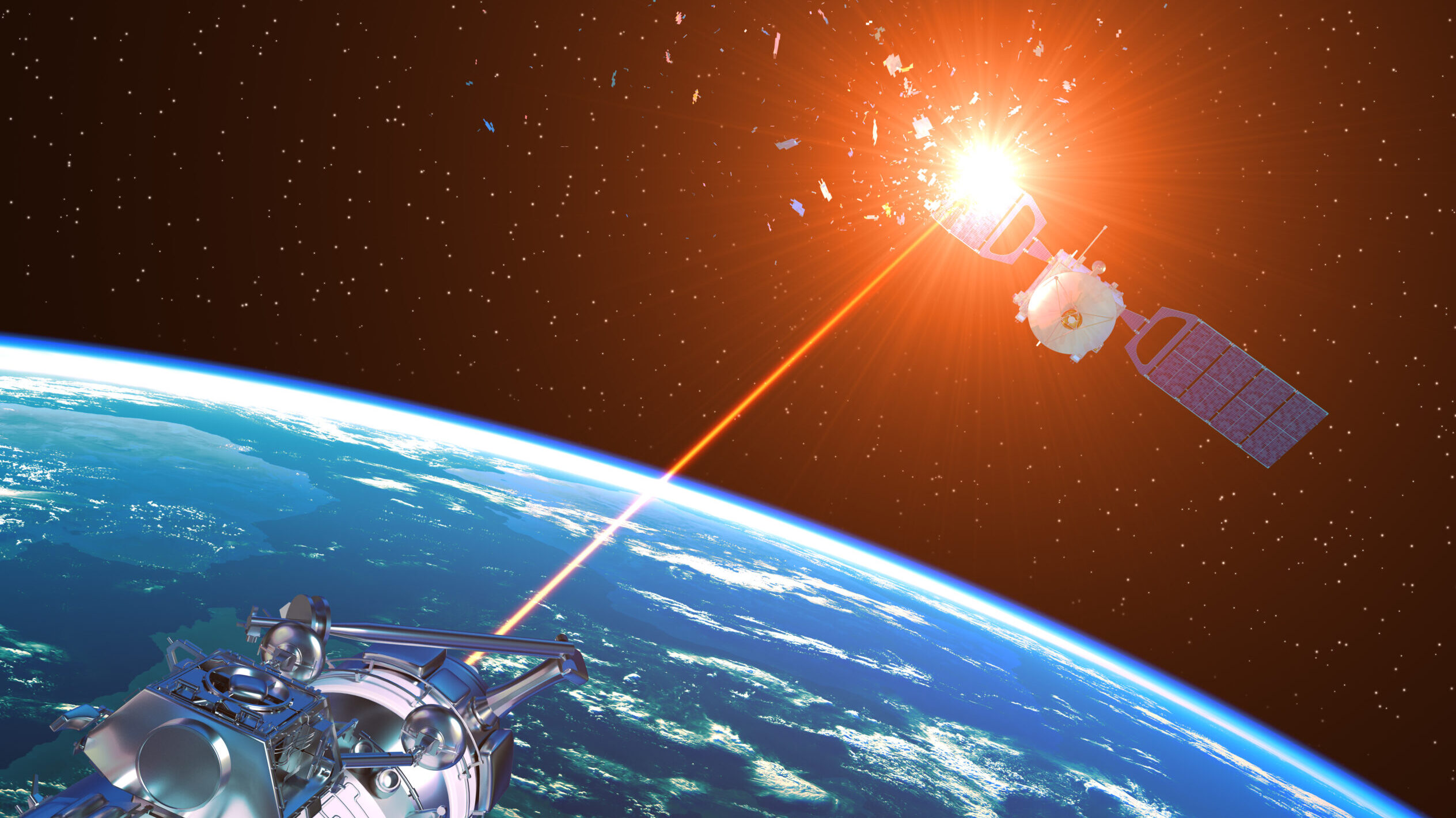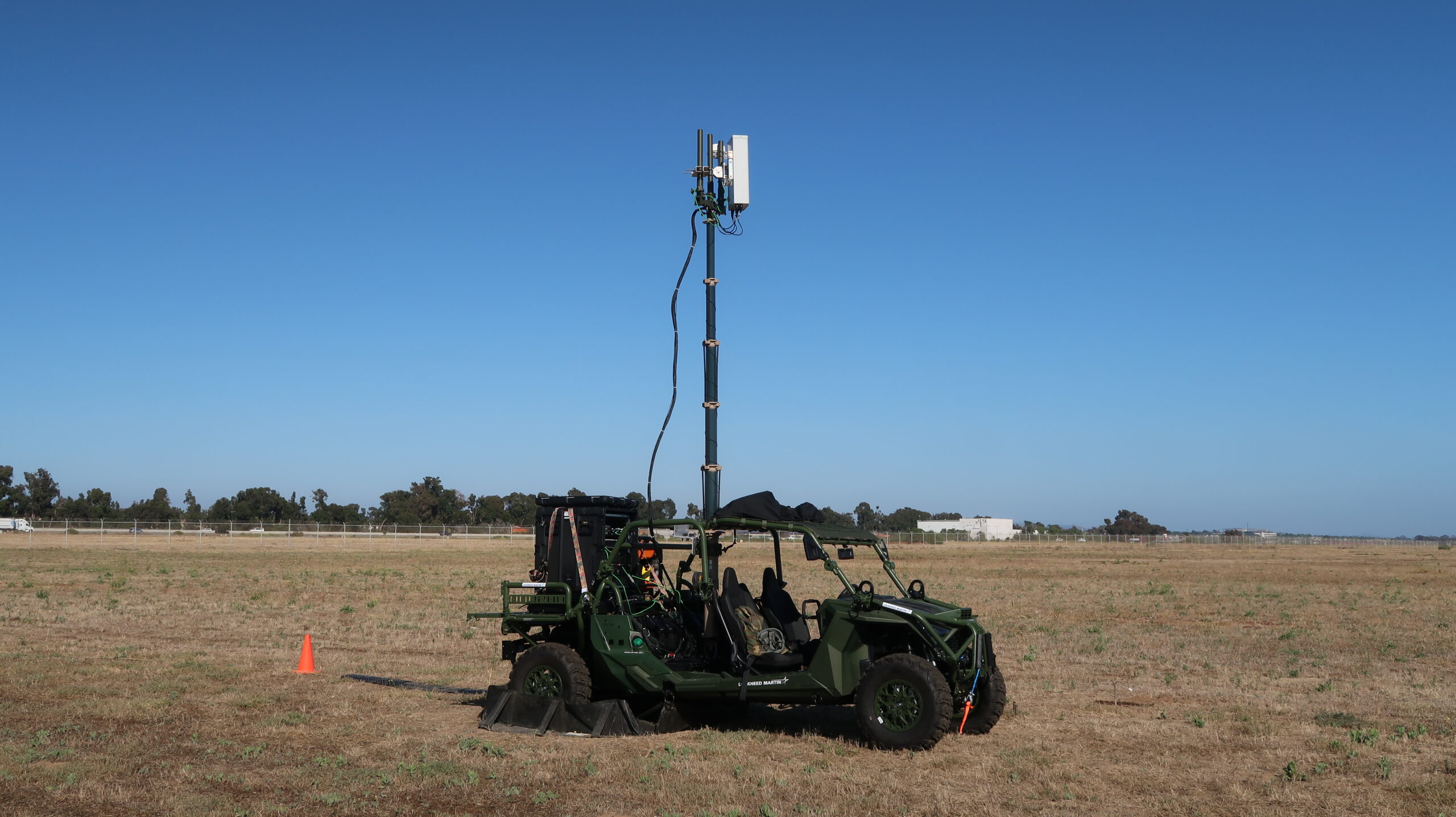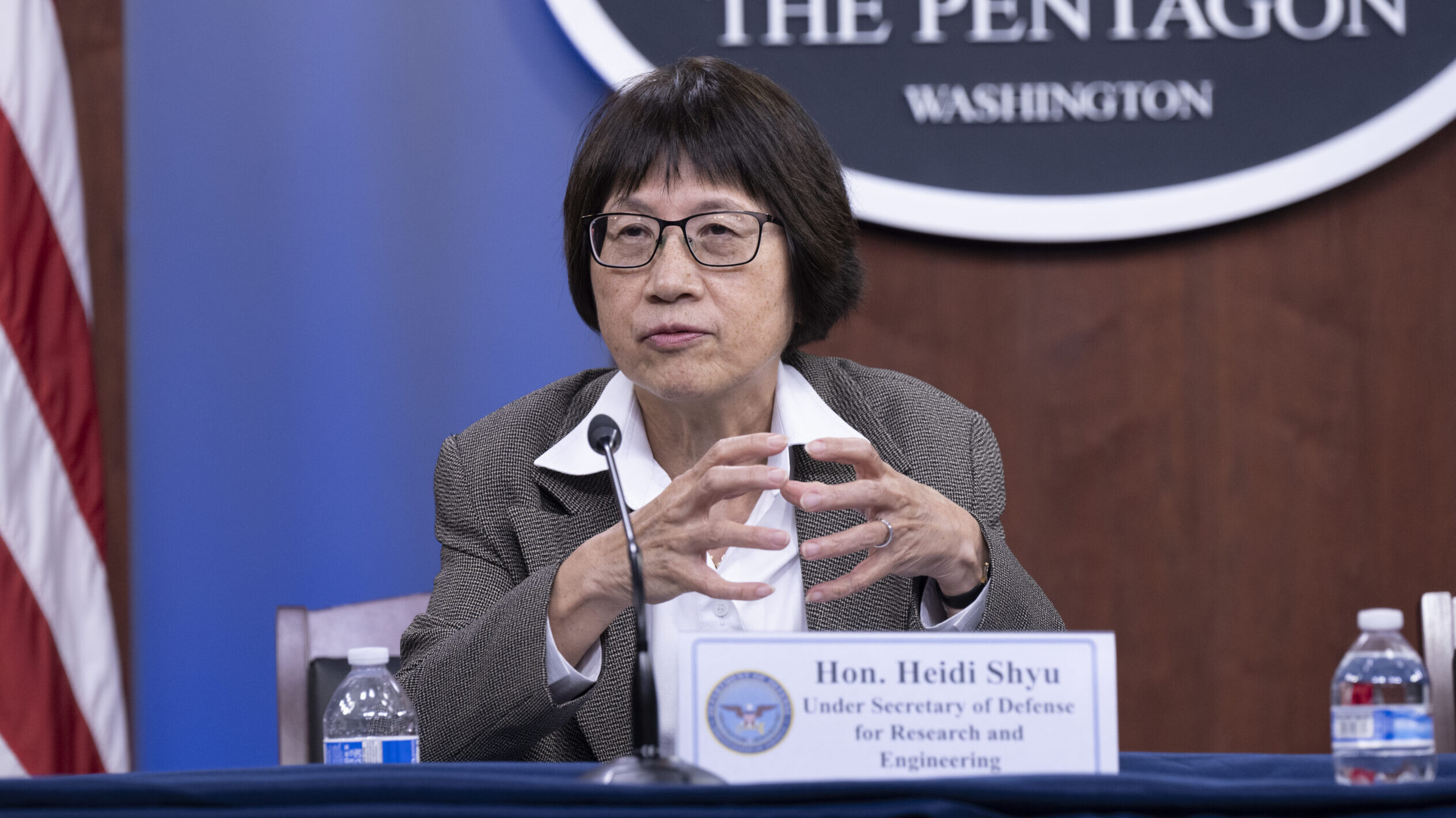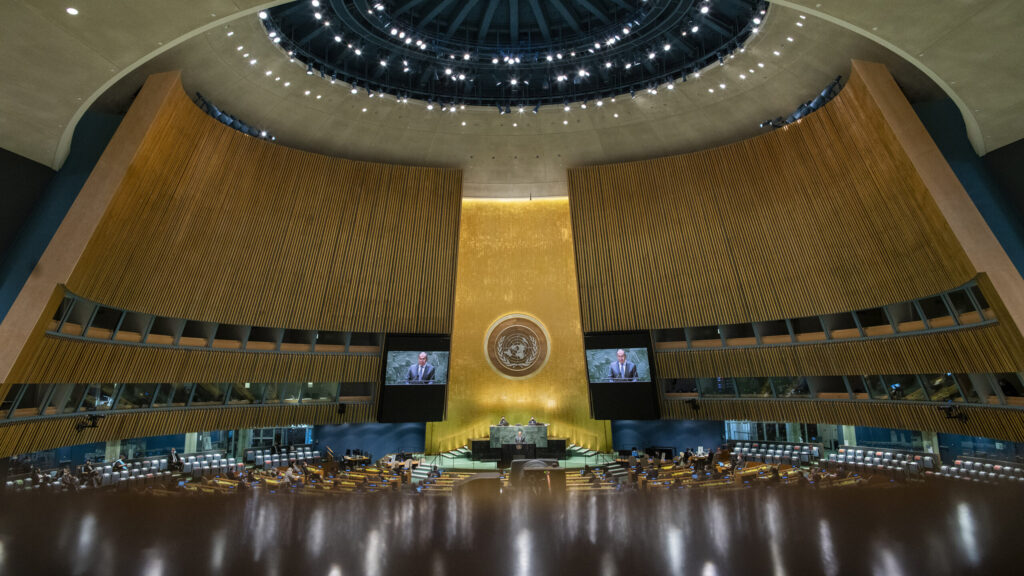Trisha Ray
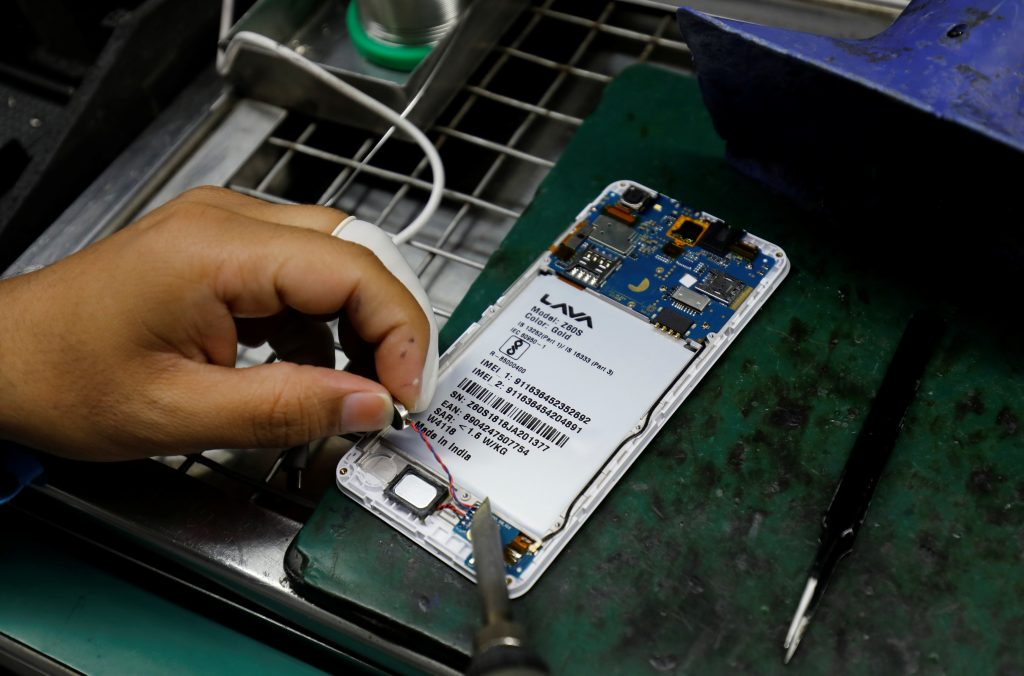
Electronic waste (e-waste) has emerged as a persistent environmental challenge, driven by the exponential growth in consumer electronics consumption and unfit disposal practices. E-waste refers to all types of e-products and their parts that have been discarded as waste without intention of reuse. In 2022, the value of the global consumer electronics market stood at $762 billion and is expected to reach $1.1 trillion by 2030. For developing nations such as India, e-waste is a quandary on two fronts: managing the dumping of e-waste by developed countries along with a rapidly growing domestic e-waste stream.
In India, better living standards, changing lifestyles, and higher disposable incomes have translated into higher demand for consumer electronics, including “luxury” electronics such as smartphones. Electronics consumption in 2021 was valued at $64.5 billion and is growing at a compounded annual growth rate of 15.77 percent. Smartphones account for more than half of this market. This official market is accompanied by a shadow market of products sold outside manufacturer-approved distribution channels. In 2022, 1.2 million handsets were imported through this shadow route, valued at roughly $13 billion.
If unchecked, the world is projected to generate 111 million tons of e-waste annually by 2050, according to the United Nations University. This growth is and will be exacerbated by developed nations exports of e-waste to developing and least developed countries to avoid national reporting requirements. Eighty percent of e-waste is informally recycled, often under hazardous conditions, in developing nations such as India, Indonesia, Ghana, and Nigeria. If not properly disposed, e-waste leaks harmful chemicals into the soil and atmosphere, posing severe health risks for workers, often children, who scavenge and process this waste. The reported figures do not, however, fully capture the true scope of e-waste dumping, as the United Nations Institute for Training and Research noted in a 2022 report:
“Quantifying these shipments is difficult . . . due to a grey-zone in business when nonfunctional used electronics are shipped for reuse (with individuals claiming that the electronics can still be repaired) or even in illegal situations when non-repairable and non-reusable equipment is shipped, only to prevent recycling costs in countries with strict e-waste legislations.”
India and other developing nations are therefore experiencing the exponential growth of e-waste from both imported and domestic sources.
